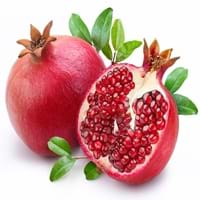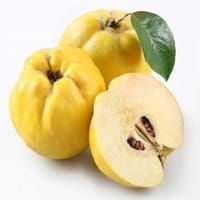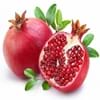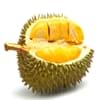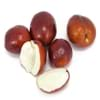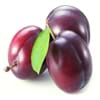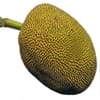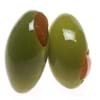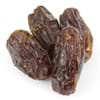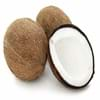Health Benefits
Cancer prevention, Heart care, Helps in cartilage regeneration, Improves stomach health, Increase in haemoglobin, Increases metabolic rate, Prevents constipation
Cancer prevention, Cures gastro-intestinal troubles, Reduces nervous tension, Ulcer prevention
General Benefits
Boosts immune system, Controls blood pressure, Controls blood sugar levels, Digestive aid, Maintains healthy cholesterol level
Anti oxidant properties, Anti-inflammatory properties, Boosts immune system, Controls blood pressure, Digestive aid, Eye care, Helps in weight loss, Improves blood circulation, Maintains healthy cholesterol level
Skin Benefits
Anti-aging benefits, Skin rejuvenation, Treatment of acne
Anti-aging benefits, Reduces wrinkles
Hair Benefits
Prevents hair loss, Promotes longer and healthier hair, Treatment of dandruff
Regulates hair growth
Allergy Symptoms
Abdominal pains, Anaphylaxis, Itching
NA
Side Effects
Allergic reaction, Cold, Breathing difficulty, Irritation, Swelling
Allergic reaction
Best Time to Eat
Best if taken as a breakfast (or empty stomach), As a snack in the late afternoon, Eat the fresh ones, avoid mixing with any other foods, don't eat after meal., Morning time (before lunch)
As a snack in the late afternoon, Don't consume at night and before bed, Eat the fresh ones, avoid mixing with any other foods, don't eat after meal., Morning time (before lunch)
Vitamin B5 (Pantothenic Acid)
Vitamin C (Ascorbic Acid)
Vitamin E (Tocopherole)
Not Available
Vitamin K (Phyllochinone)
Not Available
Lutein+Zeaxanthin
Not Available
Calories in Fresh Fruit with Peel
Not Available
Calories in Fresh Fruit without Peel
Not Available
Calories in Frozen Form
Not Available
Not Available
Calories in Canned Form
Not Available
Not Available
Type
Tree fruit
Tree fruit
Varieties
Balegal, Crab, Cloud, Francis, Freshman and Granada
Meech’s Prolific, Lusitanica, Champion and Vranja AGM
Color
Dark red, Light pink-red
Green, Yellow
Origin
India, Iran
Iran, South-West Asia, Turkey
Soil Type
Clay, Sand
Loam, Well-drained
Climatic Conditions
Cold, Dry, Hot
Warm
Facts about
- Pomegranate means apple with many seeds.
- It was called as the “apple of Grenada” in early English.
- In Hinduism, this fruit symbolizes prosperity and fertility.
- Pomegranate trees can live upto 200 years.
- Due to its strong & fruity aroma, brides consumed quince to ensure "perfumed lips".
- It is also called as ‘Pear of Cydonia’, being native to Caucasus and Iran.
- They call it as the ‘golden apple’ of Greek Mythology.
Other Countries
Africa, India, Middle east, Pakistan
Algeria, Argentina, Azerbaijan, China, Iran, Morocco, Serbia, Spain, Uzbekistan
Top Importer
Europe
United States of America
Top Exporter
India
Argentina
Botanical Name
Punica granatum
Cydonia oblonga
Synonym
Punica malus
C. vulgaris
Subkingdom
Tracheobionta
Tracheobionta
Division
Magnoliophyta
Magnoliophyta
Class
Magnoliopsida
Magnoliopsida
Family
Lythraceae
Rosaceae
Species
P. granatum
C. oblonga
Generic Group
Pomegranate
Rose
Difference Between Pomegranate and Quince
We might think that Pomegranate and Quince are similar with respect to nutritional value and health benefits. But the nutrient content of both fruits is different. Pomegranate and Quince Facts such as their taste, shape, color, and size are also distinct. The difference between Pomegranate and Quince is explained here.
The amount of calories in 100 gm of fresh Pomegranate and Quince with peel is Not Available and 57.00 kcal and the amount of calories without peel is 83.00 kcal and Not Available respectively. Thus, Pomegranate and Quince belong to High Calorie Fruits and Low Calorie Fruits category.These fruits might or might not differ with respect to their scientific classification. The order of Pomegranate and Quince is Myrtales and Rosales respectively. Pomegranate belongs to Lythraceae family and Quince belongs to Rosaceae family. Pomegranate belongs to Punica genus of P. granatum species and Quince belongs to Cydonia genus of C. oblonga species. Beings plants, both fruits belong to Plantae Kingdom.
